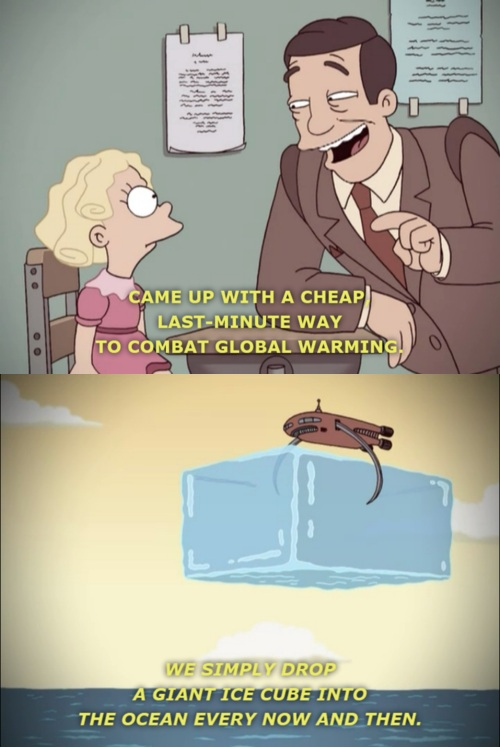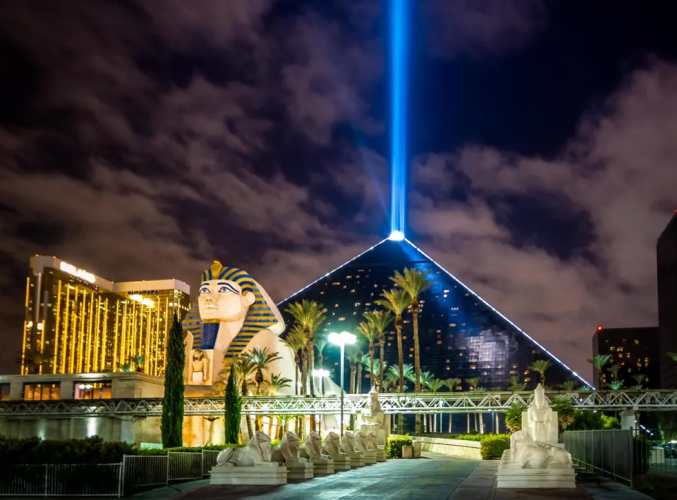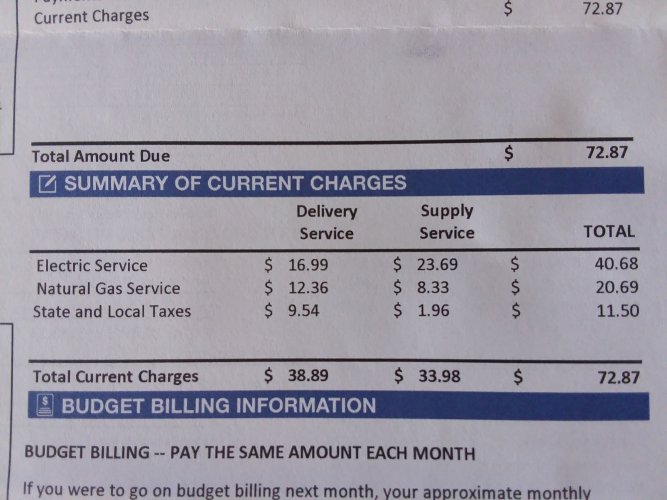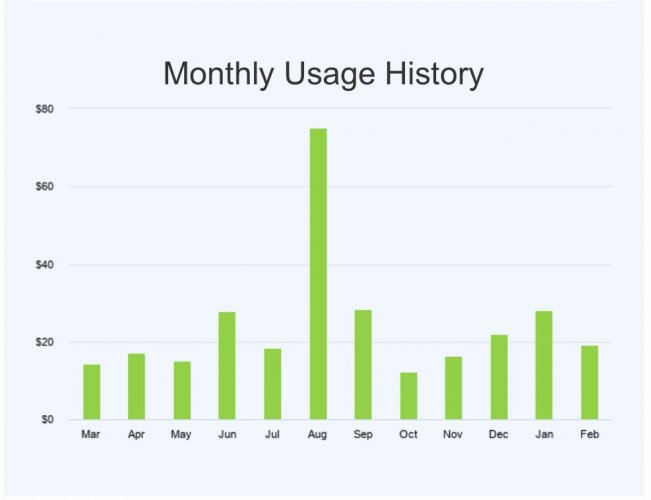thebestusernamesaretaken
Well-known member
- Joined
- Feb 19, 2021
- Messages
- 476
Since you went there:Already on it!

Should We Block the Sun? Scientists Say the Time Has Come to Study It. (Published 2021)
The National Academies said the United States must study technologies that would artificially cool the planet by reflecting away some sunlight, citing the lack of progress fighting global warming.www.nytimes.com
We can kill two birds with one hypothetical stone with this

Dyson sphere - Wikipedia
or just do this:

The solar discs that could power Earth
Space-based power stations are turning from an idle dream into a serious engineering prospect, as scientists hope they can take renewable energy into orbit.












